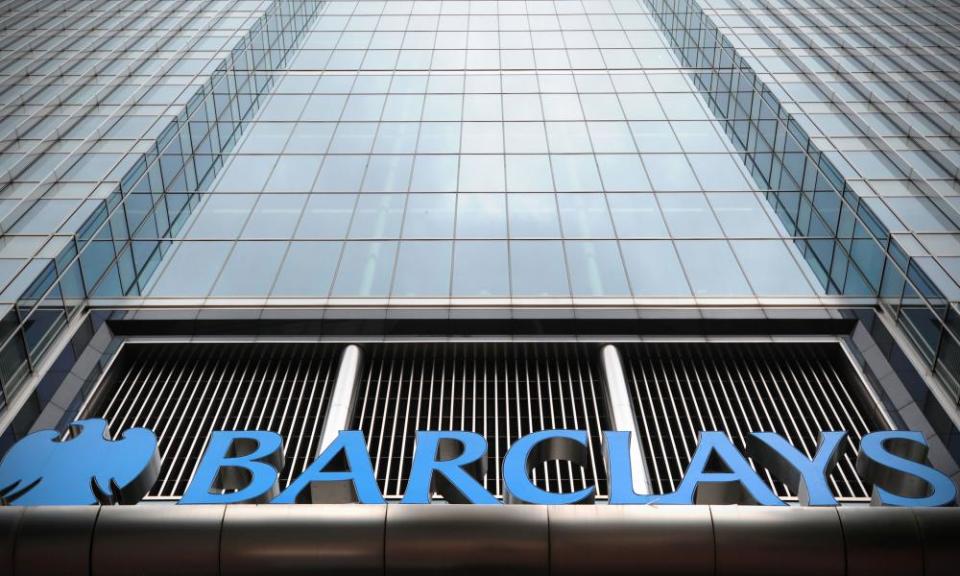Why should future whistleblowers believe they will be safe?

Jes Staley, the chief executive of Barclays, had already conceded he made “a mistake” in attempting to unmask a whistleblower in 2016, so the regulators’ verdict on the affair counts as a big win from his point of view.
The Financial Conduct Authority and the Bank of England’s Prudential Regulation Authority found Staley breached rule two of their conduct code – the one about acting with “due skill, care and diligence” – but cleared him of a higher rule one offence relating to lack of integrity. Censure on the latter test would have killed his career at Barclays.
Staley has the backing of the bank’s board and can fully expect to be re-elected by shareholders at next month’s annual meeting. When his fine and penalties – from the regulators and Barclays itself – are added up, he may find himself poorer by the thick end of £1m but he is rich enough to pay. The rest of the Barclays board will also be relieved. The verdict from the FCA and PRA, in effect, endorses the findings of the bank’s internal investigation.
A just outcome? It’s impossible to say until the FCA and PRA publish their formal notice with the blow-by-blow account of what happened, which must wait until Staley has had 28 days to respond to the draft findings. But that document is critical to understanding where regulators draw the line between mere incompetence and lack of integrity.
On the details we know so far, Staley’s actions had spectacular consequences. Barclays’ security team leaned on contacts at the US Postal Service to review CCTV footage to try (unsuccessfully) to identify the author of an anonymous letter to Barclays’ board.
Staley may have been motivated by loyalty to a senior colleague, Tim Main, who he believed had been unfairly maligned. He may also have been under the misapprehension that the case was no longer being treated by Barclays as whistleblowing. But common sense alone should have told him to stay well away from highly sensitive territory.
He is the chief executive of a regulated bank with duties and responsibilities and will have known that protection of whistleblowers was a key part of the banking reforms introduced after the 2008-09 crisis. Strict processes and controls cover whistleblowing cases and they exist for good reasons. A chief executive cannot engage in a spot of freelancing with the help of the in-house security department.
That is why this case is so important. In the first big test of the whistleblower regime, a chief executive who tried to identify an individual has been allowed to keep his job. Why should future whistleblowers believe they will be safe? The FCA and PRA need to explain a decision that looks as soft as it could possibly have been.

 Yahoo Finance
Yahoo Finance 